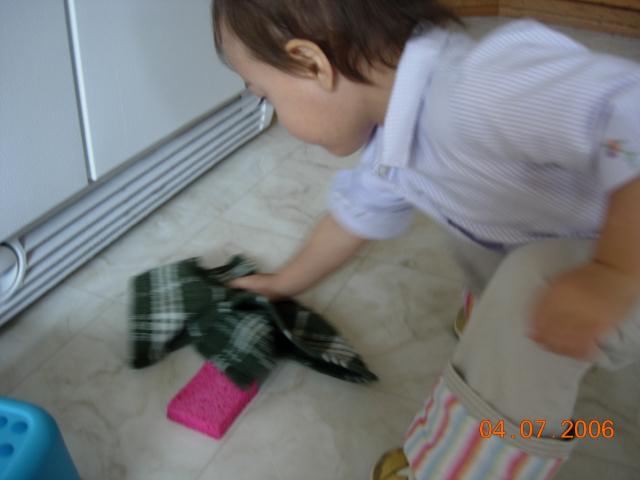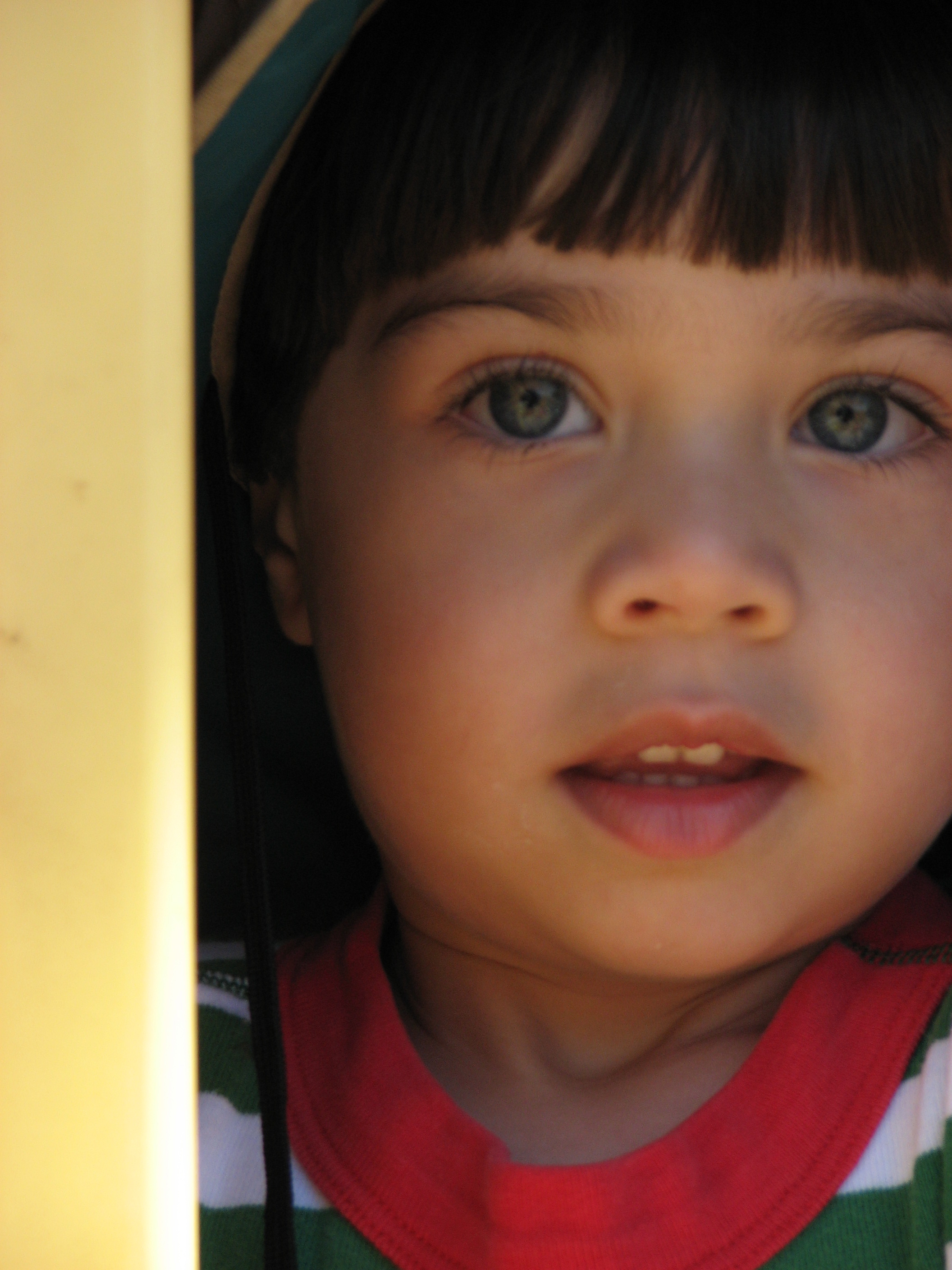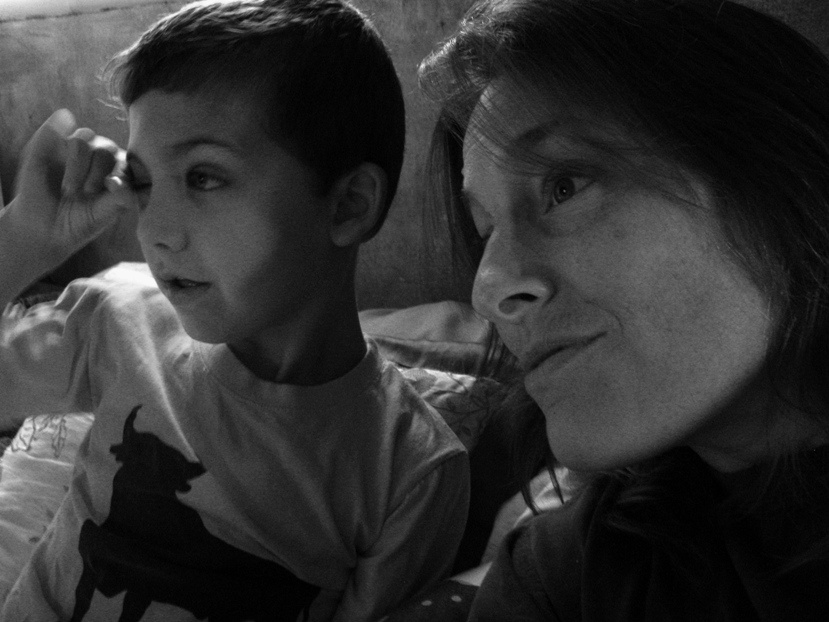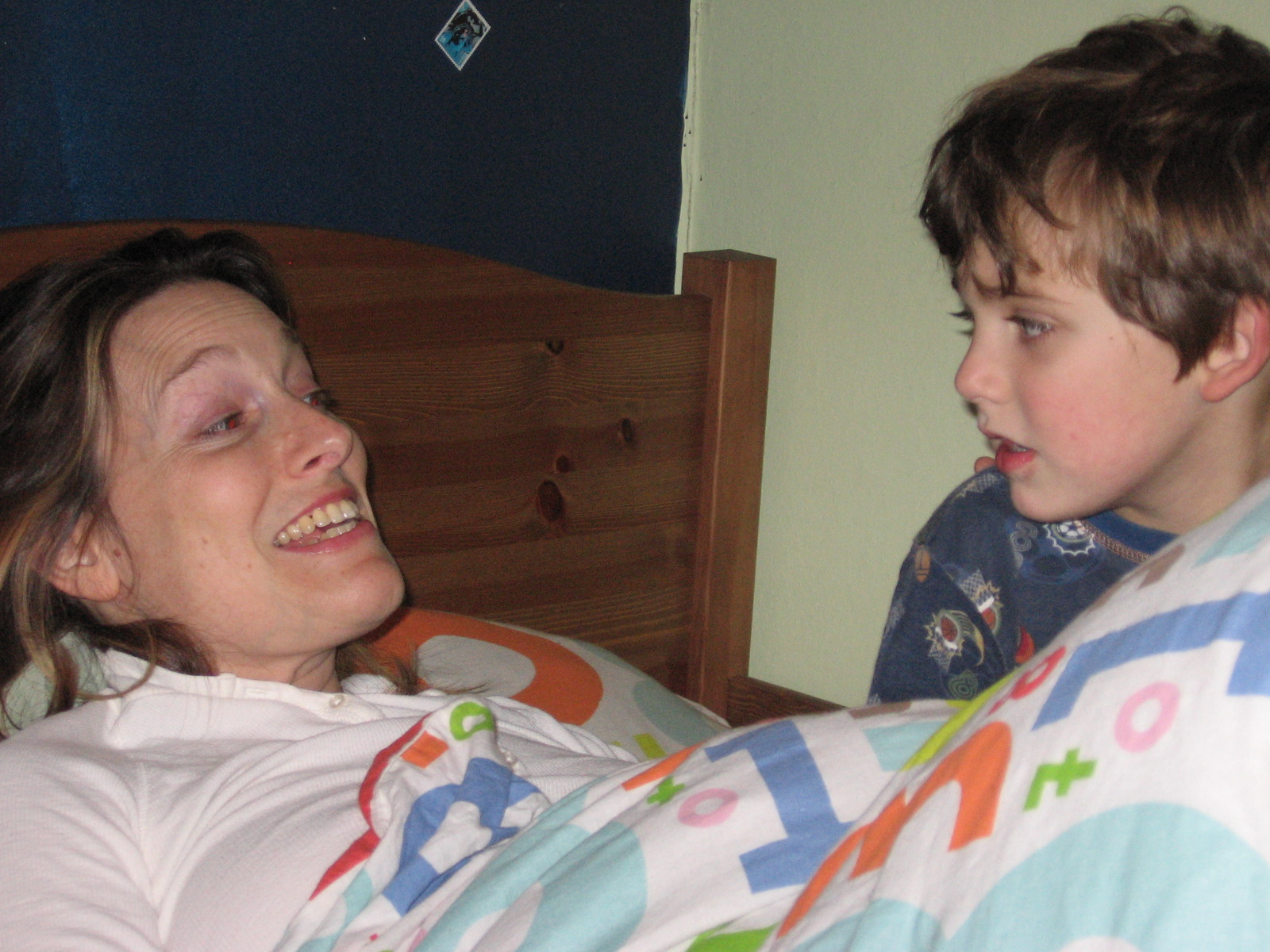This creates a positive cycle in which:
1) You notice some behaviors you don’t like.
2) Rather than focusing on those behaviors, you offer alternatives in the form of tasks, jobs, or responsibilities (careful here though, these must be tasks that would be nice to have done, but which are true requests- not demands).
How I averted a power struggle and created a game instead
After I learned to Go for the Giggle, I had an experience with a child in which I could see two distinct choices before me of how to handle a potential power struggle.
It was another afternoon with “Kyle”, six years old, and “Neil”, who was two. I was sitting in the playroom folding the family laundry.
Just as I had almost finished, and was stacking some of the folded laundry into the basket, Kyle ran over and knocked the basket over, spilling the newly folded laundry on to the floor.
Three benefits of being a “Show-up” dad
I just talked with a new coworker whose pictures of his beautiful family were flashing over his screen. We talked about parenting, and kids. Here’s what he said about fatherhood:
“My wife and I have very separate busy lives, but because we are both active in our daughter’s life, our relationship grows stronger. Many times I wonder how I “turned out OK” because my father was the typical dad of his day, and I was on my own to “grow up.” Taking an active role in helping my daughter learn new things continues to teach me about myself in return! The ability to be a part of her life and development as a person is one of the greatest gifts I’ve been given.”
Conscious television: Four ways to avoid guilt and get more in the groove with the tube
Every household with a TV (and I daresay that's most) gets to make choices about when the TV gets turned on, what gets watched, and what kind (if any) of interactions adults and kids have around the content.
Use your words, Mama! How to be vulnerable AND strong with your kids
While responding to Jasmine’s comment last week, I started thinking about the different ways I handle behaviors that challenge me. While there are probably an infinite number of ways I respond, I can think of two main ways: vulnerable and controlling.
A simple way of breaking it down is, sometimes, when I feel sad, angry or frustrated, I feel myself opening, expanding, and dropping down into the feeling. Sort of an “Ahhhhhh” sense to it. That’s the vulnerable way.
Other times, I feel myself contracting, pushing the feeling aside and trying to control the situation. More of “Spit-spot, let’s go!”-Mary Poppins sort of feel to it. (Well, on a good day.)





